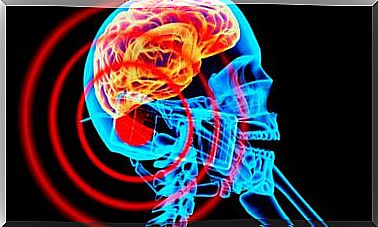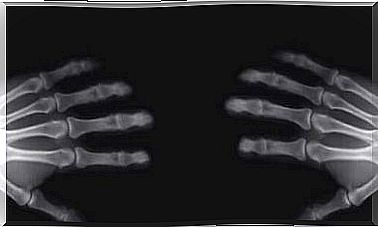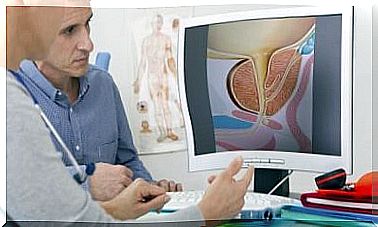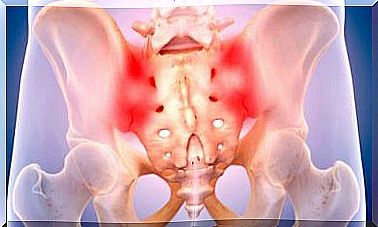Why Is A Doctor Prescribing Opioids?
Opioids are a group of drugs used to treat pain. The best-known opioid is morphine, but there are many more.

Opioids are drugs that interact with opioid receptors in the nervous system. This union produces the following drug effect: it relieves pain. Do you know when a doctor can prescribe opioids?
Opioids are reliable drugs, but they can create tolerance: prescribing a large dose may make the patient get used to the drug and then need more of the drug each time to get the benefit. same effect.
Among the most widely used opioids are hydrocodone, oxycodone, morphine and codeine. There are many others, but the ones we have just mentioned are the ones with the greatest margin of safety.
When can opioids be prescribed?

Opioids are used to relieve severe pain that directly affects a patient’s quality of life. Their mechanism of action makes it possible to modulate the painful stimuli which reach the nervous system via the interaction with the opiate receptors. The result of this chain reaction is a decrease in the intensity of the pain, which may even go away completely.
Morphine was the first opioid to be used. To calculate the analgesic power of an opioid, a scale is used which starts from morphine; this means that the value of morphine is 1. From this starting point, we can indicate the percentage of action of each drug using a number.
Opiate receptors are proteins found on the surface of cells of the central nervous system (such as in the brain, spinal cord, etc.), and continuously throughout the digestive tract.
The dependence mechanism lies precisely in these molecules, since each time new receptors are taken are synthesized thanks to the activation of the gene responsible for coding the information for these proteins.
As there are more receptors, the activating signal is modulated and it is therefore necessary to increase each time a little more the dose so that more particles can unite with the surface receptors in order to cause the desired effect.
The main causes
Pain is the number one reason a doctor prescribes opioids. When a patient suffers from chronic pain, mental and physical alterations occur which worsen the patient’s quality of life.
In such situations, the only alternative is to prescribe weak opioids. This subgroup of substances have moderate analgesic action, but are easy to handle.
On the other hand, when the patient has a very severe acute pain, the only solution is to opt for strong opioids. This group of opioids is more potent, but the therapeutic window is narrower. It is therefore necessary to monitor the patient very closely to ensure that there is no tolerance.
Opioids are always subject to medical prescription. Regardless of the opioid used, the duration of the dose, the dose and the interval between doses which appear on the doctor’s prescription must be respected. This is the only way to avoid the side effects that you will discover later in this article.
What are the side effects ?

As we told you above, the main disadvantage of taking opioids is tolerance. This is why these drugs are only prescribed when there are no other alternatives.
Another fact to be aware of is the abuse of these substances for non-therapeutic purposes. This is for people who have no medical justification for using these substances but are addicted to the pleasurable sensation they produce. At this point, tolerance is so strong that the mechanisms responsible for creating addiction kick in. The person then presents an abstinence syndrome.
Despite their bad reputation, opioids are very useful drugs because of their ability to relieve severe pain, but also because they improve the mood of patients.
Once the pain is eliminated, the patient regains his functional abilities and is able to carry out daily tasks normally. This point is very important for patients who suffer from chronic illness, as it has a huge impact on their mental health.









